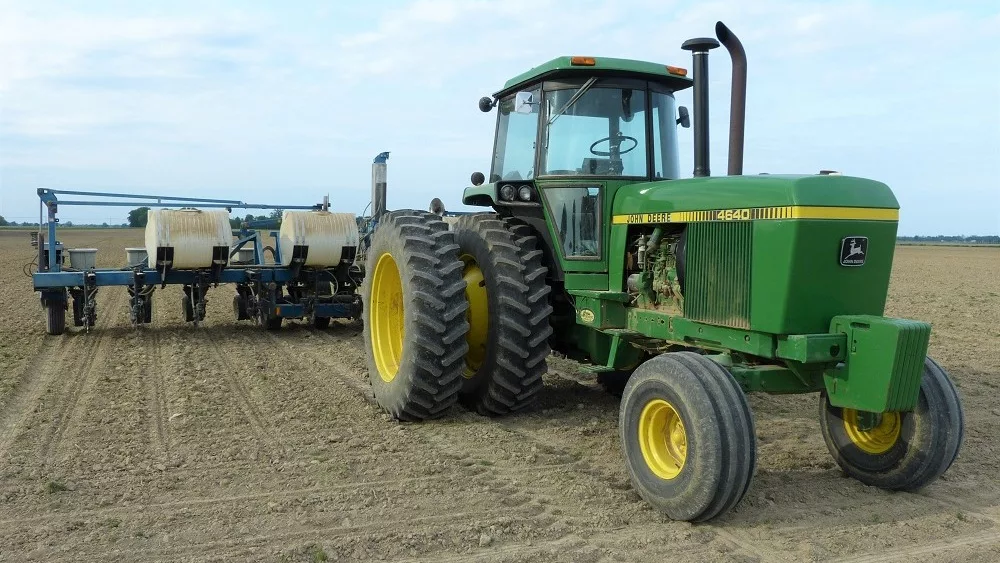As yields roll in, producers are already making plans for 2021 based off their harvest data. First, Mike Swoish, Pioneer agronomist, says growers need to make sure they’re ready to capture that data.
“It starts at the beginning of the year—we want to make sure our yield monitors are calibrated, we make sure we have good field names, good seeding rates and product records for every field,” said Swoish. “Then we can overlay the soil type maps, our soil test collection data, and our yield maps and make really good decisions for the following year.”
Earlier this week, Swoish talked about the importance of soil sampling. He says the two go hand in hand.
“If yields are above or below where we expected based on our previous soil sampling and our nutrient applications, we may need to adjust those levels,” he said. “For example, if you only plan for 200 bushel corn removal rate for your potassium and phosphorus and you end up with great looking 250 bushel corn, maybe we need to think about upping our fertilizer rates to make sure we don’t run out of potassium, phosphorus or other nutrients the following year.”
When making 2021 decisions, Swoish said some growers might be clouded by recency bias when it comes to weather conditions.
“With yields this year, we want to adjust based on what our actual yield levels were, and the best thing we can do is compare our yield data to the management we did—whether that was fertilizer or seeding rate—and figure out if it was profitable and where,” said Swoish. “If the answer if it was not profitable, we want to figure out how we can fix that.”
For more information, talk with your local Pioneer agronomist.






